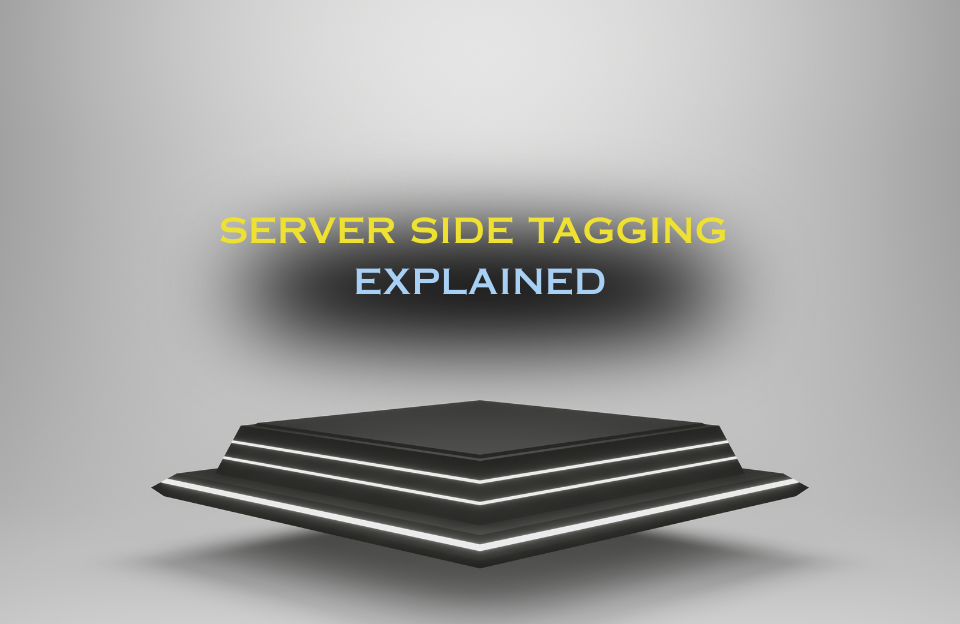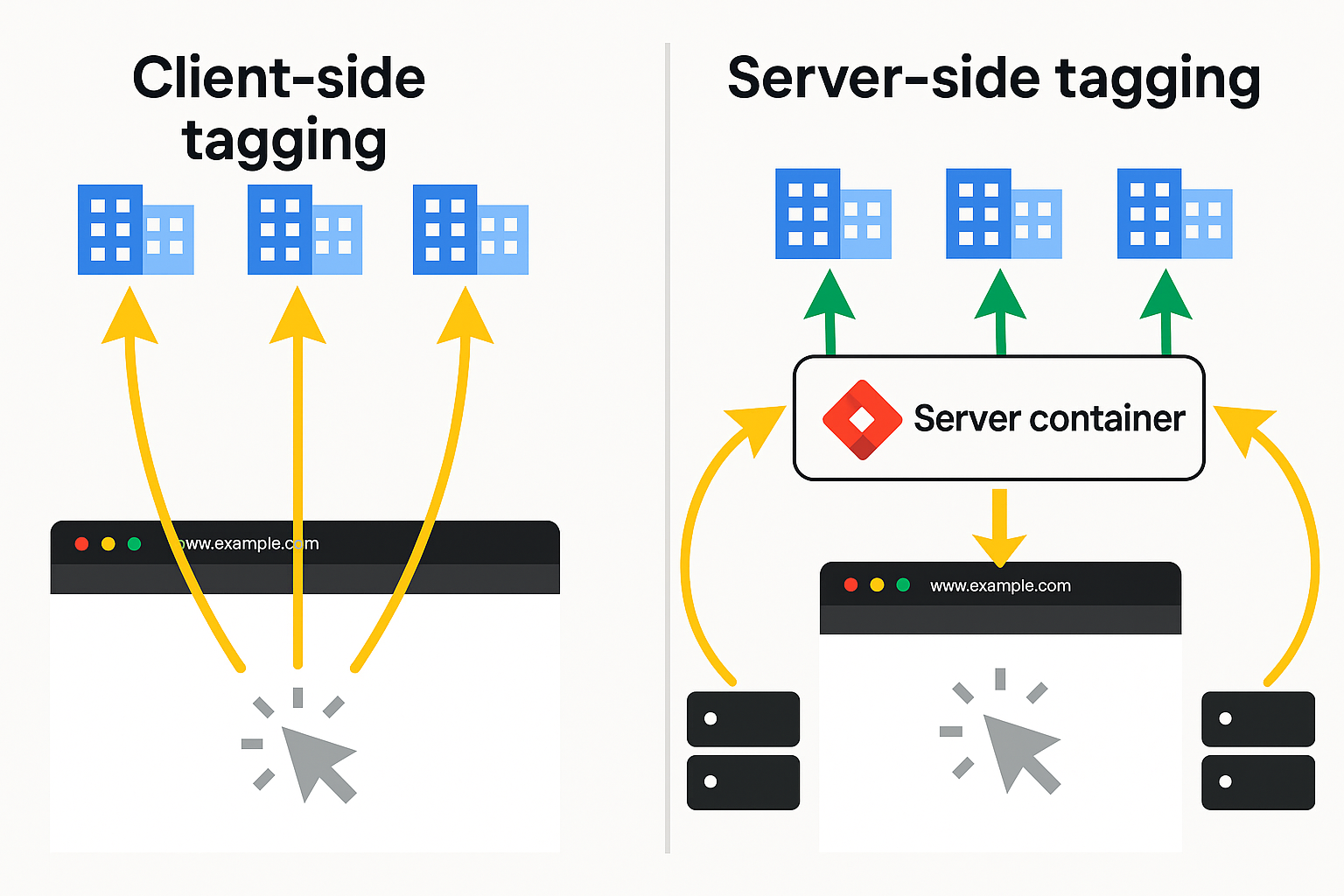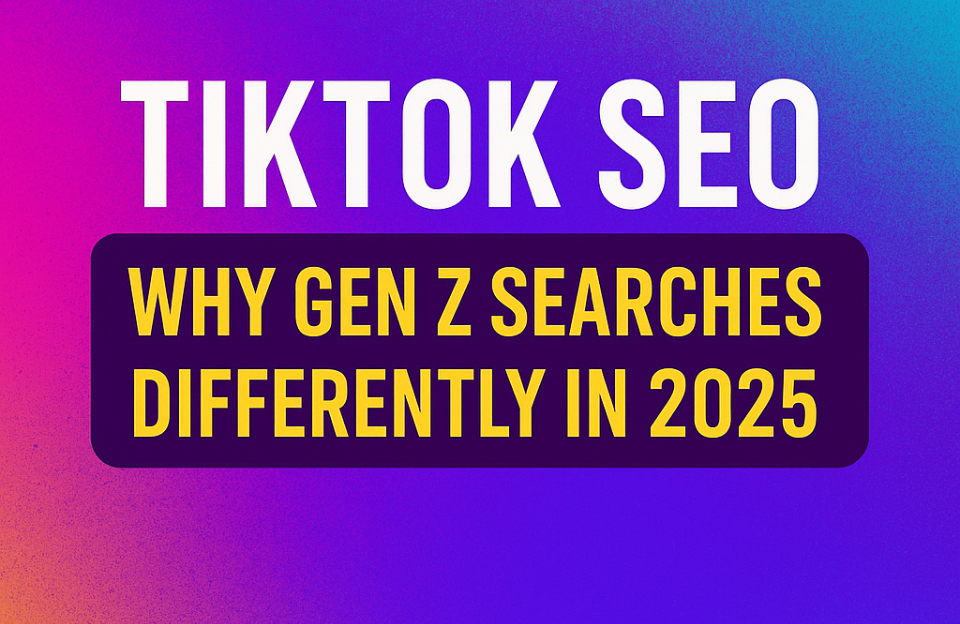For e-commerce businesses, reliable data is essential to drive growth. Yet, data collection has become increasingly challenging: third-party cookies are disappearing, ad blockers prevent scripts from firing, and browsers like Safari, Firefox, and Chrome enforce stricter privacy rules. With the upcoming phase-out of third-party cookies in Google Chrome, the urgency to find alternatives has never been greater.
This calls for a different way of measuring user interactions. Server-side tagging (also called server-side tracking) is not a magic bullet, but it is a strategic step toward more control, higher data quality, and improved website performance. It allows you to keep campaigns measurable, attribution accurate, and budgets under control.
In this article, we explain what server-side tagging is, how it works, the advantages and drawbacks, and why solutions like Taggrs help future-proof your data strategy.
What Is Server-Side Tagging?
In traditional client-side tagging, your website fires tracking scripts directly in the user’s browser. Each tag or pixel (Google, Meta, TikTok, etc.) sends its own request straight to external servers. This leads to multiple scripts, fragmented data, and a higher chance that ad blockers or privacy settings prevent measurements.
With server-side tagging, the flow changes. Instead of sending data directly to third parties, your website first sends data to a server you control (e.g., track.yourdomain.com). From there, only the necessary information is forwarded to tools like Google Analytics 4 (GA4), Google Ads, or Meta CAPI.
Because the data flows through your own environment, you can:
- Filter or hash sensitive fields before forwarding.
- Enforce consent centrally and apply data minimization.
- Standardize event naming and parameters across platforms.
In practice, this means:
- Your server becomes the central collection point for tracking data.
- Tags in Google Tag Manager (sGTM) forward data from the web container to the server container.
- Processing happens server side instead of in the browser.
- You effectively transform third-party signals into first-party data, which is more reliable and future-proof.
The Key Benefits of Server-Side Tagging
By moving measurement into your own controlled environment, you strengthen data reliability, improve compliance, and boost site performance. The main advantages are:
1. Data Quality and Attribution
- More consistent and complete tracking, even in Safari and iOS with ITP.
- Fewer missed conversions and events.
- More accurate reporting in GA4 and ad platforms.
- Clearer attribution of conversions to the right channels.
2. Website Performance
- Fewer scripts loading in the browser.
- Reduced JavaScript and network requests.
- Faster load times and more stable Core Web Vitals.
- Better user experience.
3. Resilience Against Ad Blockers
- Data is sent via your own domain, not obvious third-party endpoints.
- Lower chance of being blocked by extensions.
- Less dependence on changing cookie policies.
- More continuity in your marketing data.
4. Business Impact
- Smarter budget allocation based on cleaner insights.
- Stronger evidence for marketing investments and optimizations.
- More control and trust in reporting and targets.
The Drawbacks of Server-Side Tagging
Server-side tagging is powerful, but not without challenges. Key considerations:
1. Implementation and Costs
Setup is more complex than client side and requires technical expertise and hosting. The initial investment is higher, though often offset by long-term gains.
2. Maintenance and Management
Depends on server stability and uptime. Monitoring, logging, and regular updates are essential for continuity.
3. Data Limitations
Some interactions that occur only in the browser (e.g., mouse movement or granular scroll depth) are harder to capture server side without custom solutions.
4. Tool Support
Most major platforms (Google, Meta, TikTok, LinkedIn) support server side well. Some smaller tools may need additional integration effort.
Note: These drawbacks are manageable. With the right setup, the benefits outweigh the complexity.
Client-Side vs. Server-Side Tagging
- Architecture: Client side runs scripts in the browser. Server side uses a lightweight web container plus a server container on your domain.
- Requests: Client side loads each vendor script separately. Server side makes one browser call and the server distributes to platforms.
- Performance: Client side adds heavy JavaScript. Server side reduces load and stabilizes Core Web Vitals.
- Data Quality: Client side is vulnerable to blockers and ITP. Server side provides more stable signals and fewer missed events.
- Privacy and Consent: Client side leaves behavior to each script. Server side enforces consent and filtering centrally.
- Cookies and ITP: Client side faces third-party limitations. Server side operates in a first-party context and reduces ITP impact.
- Control and Governance: Client side is scattered across scripts. Server side centralizes logging, versions, and rollbacks.
- Complexity and Cost: Client side is quick and cheap to start. Server side requires setup and hosting but scales better.
When to choose?
Client side suits smaller setups with limited needs.
Server side fits higher traffic, multi-channel setups, performance demands, or stricter compliance requirements.
How Server-Side Tracking Works in Practice
At Modobeam, we recommend working with Taggrs as the hosting and management solution for server-side Google Tag Manager (sGTM). Rather than building and maintaining your own cloud infrastructure, Taggrs provides a purpose-built platform that removes complexity and makes server-side tagging accessible for marketing and e-commerce teams.
What is Taggrs?
Taggrs is a specialized platform for hosting and managing your server container in a secure and scalable way. You connect your Google Tag Manager account, assign a subdomain (for example, track.yourshop.com), and Taggrs handles the heavy lifting behind the scenes.
- Reliable infrastructure with built-in monitoring and automatic scaling.
- Easy configuration of an sGTM server container without touching raw server code.
- Custom subdomains to keep tracking requests in your own first-party context.
- Logging and debugging tools to troubleshoot event flows quickly.
- Automatic updates for new GTM features, security patches, and browser changes.
Why Taggrs is easy to manage
- Centralized dashboard for all server containers, domains, and data streams.
- Automated scaling so you never worry about capacity during peaks.
- Built-in monitoring and alerts to detect anomalies early.
- Versioning and rollbacks for safe releases and quick recovery.
- User-friendly UI designed for marketers and analysts as well as developers.
This ease of management means you do not need an in-house DevOps team to keep your tracking stack running. Marketing can test and deploy tags faster, while engineering avoids repetitive infrastructure work.
Support that makes the difference
A key advantage of Taggrs is the quality of their support. Their specialists are responsive and knowledgeable about server-side tracking across platforms (GA4, Google Ads, Meta CAPI, TikTok, LinkedIn). They help with onboarding, debugging complex data flows, and advise on best practices for consent and compliance. You get proactive communication when relevant browser or platform changes are on the horizon.
The result
With Taggrs, you get a plug-and-play infrastructure that is technically robust, easy to manage day to day, and backed by expert support. This lowers the barrier to adopting server-side tagging and helps ensure your setup remains stable, scalable, and compliant over time.
Conclusion
Server-side tagging is more than a technical tweak. It is a strategic foundation for data-driven growth. By shifting data collection to your own environment, you reduce dependency on third-party cookies, collect cleaner and more complete data across devices and browsers, improve website performance by reducing scripts, and strengthen compliance with centralized consent enforcement.
Yes, the initial setup requires more investment and technical alignment than client side. But the combination of better data, faster websites, and legal peace of mind makes it a strong move for modern e-commerce.
Bottom line: Companies that implement server-side tagging today, especially with a partner like Taggrs known for easy management and excellent support, are building a resilient, scalable measurement strategy that will hold up in a privacy-first, cookieless future.





